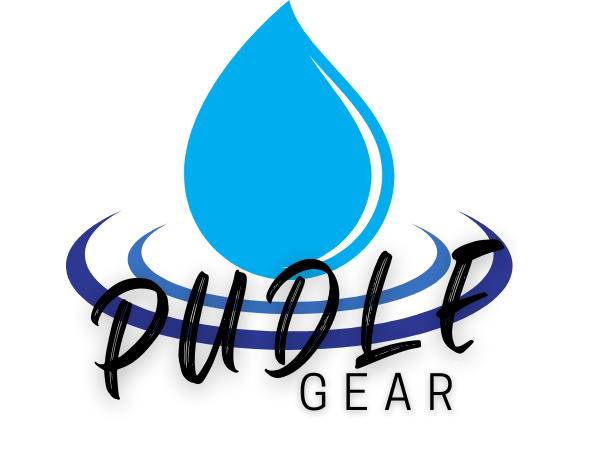Mission: Vocabulary Victory with Sergeant Stormwater

Recruits, your task is simple — and critical.
First, read the "Case of the Cloudy Creek" report carefully. Sergeant Stormwater has provided all the clues you need inside the story. Each bolded stormwater problem or solution you encounter holds the key to solving the mystery — and completing your final mission.
Step 1: Read the story carefully and pay attention to
stormwater terms.
Step 2: Use what you've learned to complete the
crossword puzzle.
Step 3: Earn your "Stormwater Vocabulary Victory" badge!
Remember:
Sharp eyes, sharp minds — that’s what keeps our waters clean! Dismissed!
The Case of the Cloudy Creek
"Attention, recruits! We’ve got a situation — and it’s urgent!"
I snapped my clipboard shut and pointed down the muddy hill. "Clear Creek — one of the cleanest waterways in the region — has suddenly turned turbid. That means the water's cloudy with unknown particles, and something’s messing up the ecosystem. It’s our job to figure out what went wrong, and fast!"
We loaded into the truck and rumbled downhill. As we drove, I barked out reminders:
"Remember: a watershed is the whole area where rain drains into the same receiving water. If there’s trouble upstream, it spreads everywhere downstream."
Arriving at the creek, I could tell right away we had a problem. Sediment was swirling in the water like smoke. "That, team," I said, "is soil that’s been washed away — and it chokes fish and blocks sunlight."
I checked the nearby storm drain — that’s the street grate that collects rainwater — but it wasn’t clogged. "Hmm... the pollution must have come from elsewhere."
Marching further upstream, we spotted deep ruts gouged into the hillside. "There’s your problem!" I said. "Uncontrolled erosion — when rainwater strips away unprotected soil."
Normally, if water could infiltrate into the ground, it wouldn’t rush downhill like that. But this hillside was hard-packed, preventing it from being permeable — water couldn’t soak in at all.
"We need some serious BMPs here," I muttered, pulling out my field guide. "Best Management Practices like planting vegetation, using mulch, or installing check dams would slow down the water and trap the sediment."
Near the bottom of the hill, someone had tried to help — there was a detention pond. These ponds catch stormwater temporarily and slowly release it, preventing downstream flooding. Trouble was, this one was full to the brim and starting to overflow.
"That's not enough," I said. "We need a bigger backup plan — maybe even a retention pond to hold the water long-term."
As we circled around, we spotted something suspicious. "Sergeant! There’s an outfall here discharging turbid water straight into the creek!"
I jogged over. Sure enough, a drainage pipe was dumping dirty runoff. I tested the water. "Yep — high pollution levels. Someone upstream must have washed construction waste or chemicals into the storm system."
We took samples and made notes. "No mystery now," I said. "The runoff collected sediment and filled in the detention pond, and rushed untreated through the outfall into Clear Creek."
Later, at HQ, we planned our defenses. We’d suggest installing biofilters — planting special vegetation designed to absorb and clean runoff before it enters pipes or ponds.
We’d also check nearby fields and roads for illegal dumping — because protecting our wetlands downstream depends on stopping pollution upstream.
Mission almost complete — but remember, recruits:
"Runoff is sneaky, sediment is silent, and pollution has no mercy.
Stay alert, stay sharp, and keep our waters clean!"





